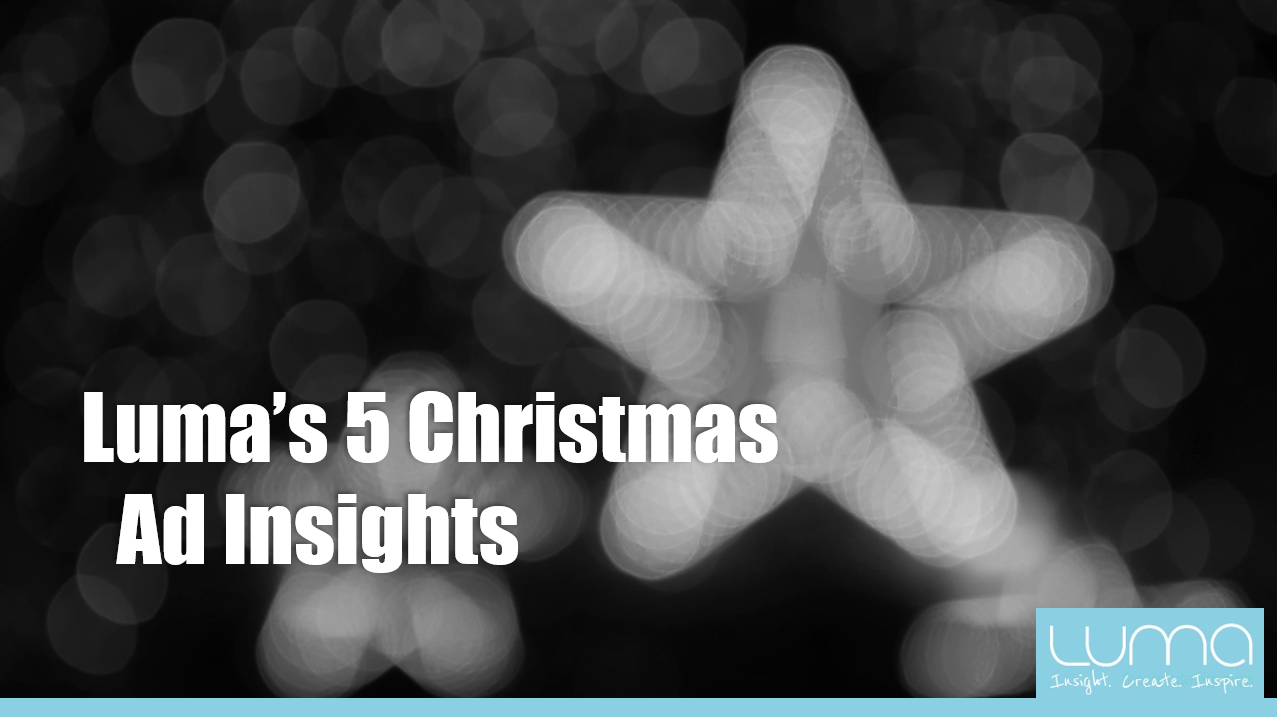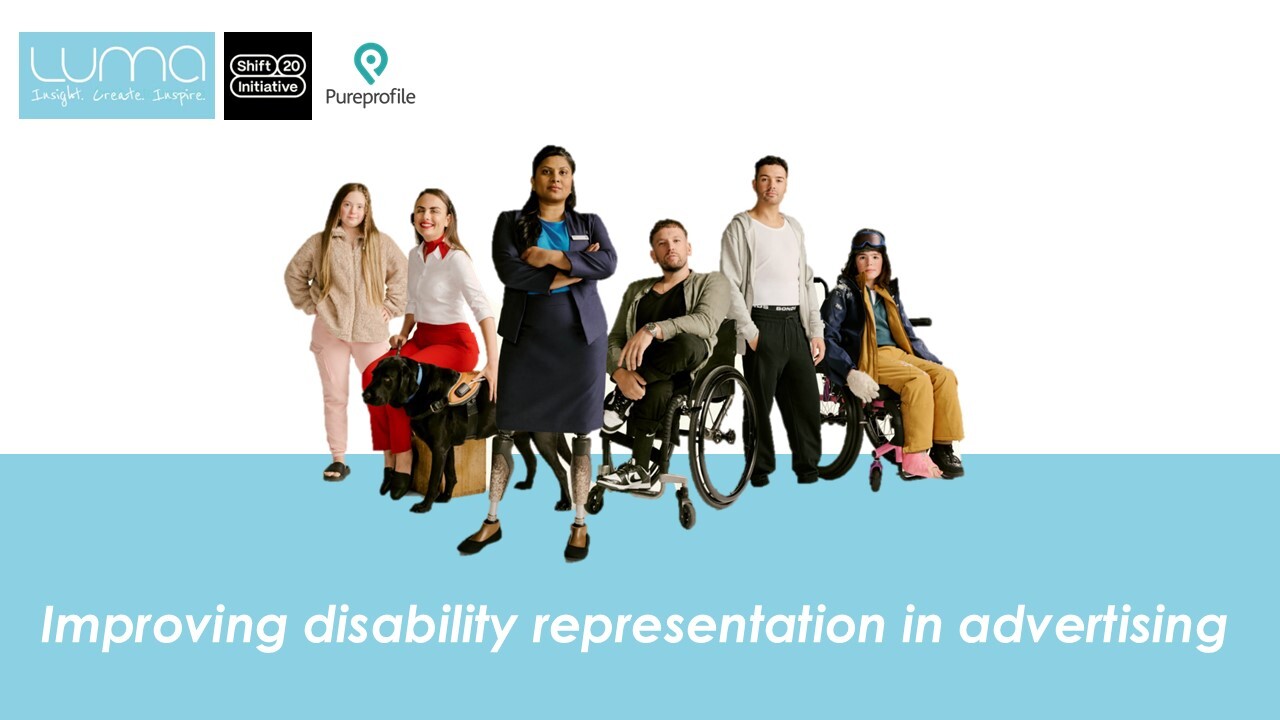Yes, we have found music to have positive effects on attention, brand feelings, brand association and branding. This tool has an impact on getting noticed, especially when building a positive impact on brand feelings. Research confirms brands recognize the potential opportunity of successful music pairing. A study by brand communication consultancy Heartbeats International of 70 global brands found the vast majority think music can strengthen their brand (97%), actively use music in their marketing (76%) and believe it will become more important in the future (74%) ('Sounds Like Branding™’ study 2008).

But before we launch into specific insights, it is important to reflect on some key questions a creator should ask during the ad development process to ensure they get the right music. Firstly, what role will the music play? Is is going to suffice as background music? Or will is be used as a central creative device? At Luma, we have found music, alongside casting and likability, make up 97% of ad standout. If this music is going to be your focus, then it will need a lot more time and money to perfect.
Choosing the right music is a complex task, and we often get asked about these.
Key considerations...
-
Known vs. Unknown music: Known music can help to get the ad noticed - the music is generally liked more and helps to drive cut-through. However, it must first and foremost 'fit' the advertising. Research by Neuro-Insight found a song in tandem with the ad has a larger impact than just laying a popular track over the visual. A song must be in sync with the tone in order to boost impact ('Tuning in to Sound' 2018).
-
Type of Music: Music must suit the tone, brand and feelings you are trying to convey. Generally the best music leaves people feeling good.
-
Cost of Music: Yes! It can be money well spent if music is central to your ad. This trade-off is becoming increasingly validated by brands. In 2017, the worldwide licensing revenue for popular music in advertising, film, games and television increased by 9.6 % (Global Music Report 2018: State of Industry) . But be sure that you test the music to know for sure that it will have the impact you intend.
Music Insights
Familiar music: Ads licencing original music were associated with slightly higher levels of attention, a measure which translates greater ability to cut-through and get noticed. Familiar music tends to work best as we can tap into existing memories and associations.
Style: It doesn't really matter what style the music is, so long as it has broad appeal. It might be cool, classical or rock – its more about the associations and fit with the story/ad/brand.
Feel Good: The tracks that work best leave people feeling positive. It might be happy and upbeat, or warmth/love. Likable music increases memorability, purchase intent and attitudes and preferences for brands (Oakes 2007)
Broad Appeal: Before using music, we need to ensure that it is well liked – if we are using it as a key creative device. Liking helps people to notice it & feel good
Great Music Ads
Not very well known, but liked - helped to convey the message
Using Sound to improve Branding & build Brand Equity
When brands coin a piece of music, it can evoke the brand quickly and effectively. This could take form as a jingle, an original song or even a licensed song, so long as it has been built up consistently over multiple ads and campaigns. This association is costly to make, but can have significant long-term benefits. The stronger the association between the music and the brand, the more effective the branding will be. Take Moccona's iconic song for example:
Not well known song, but liked - and consistently used as a brand cue.
John Lewis is known for their carefully-maintained Christmas campaigns. Their advertising uses music to strengthen highly evocative and emotional narratives. Year after year the company delivers these stories in a very quintessential way. The association between this brand and the style of advertising is so strong that rival retailers would do themselves more harm than good by copying this style (Neuro-Insights 'Tuning into Sound' 2018). If rivals' branding is not significant, viewers would likely attribute information or emotions to John Lewis.



